GI Diet
What is the Glycemic Index Diet?
GI is short for Glycemic Index and is a measurement on how fast your food raises your blood sugar level as well as how much insulin that is released. Its measurement system is a scale from 1 to 100. Notice that GI only measures the amount of carbs, not the amount of food/beverage, and that is why you only find GI-measurements on food containing carbohydrates (carbs) in the GI-table.
To figure out which carbs are good or bad for the blood sugar level, scientists had to do some serious detective work. Nutrition scientist David Jenkins, M.D., Ph.D., developed the Glycemic Index (GI) back in 1981 (the prefix glyc– means “sugar”). With two decades of research available, there are now glycemic indices available for over 300 foods.
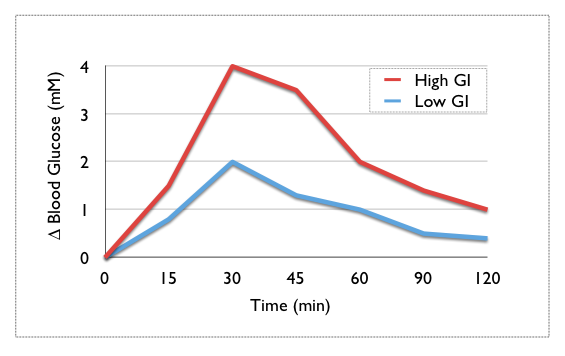
High Glycemic Index
Eating a lot of food with high GI pushes your body to extremes with an unstable energy level and a sense of hunger at all times. Examples of food with high GI are white bread, bagels, baguette, cornflakes, bran flakes, coco pops, pasta, instant white rice, french fries, rice cakes, donuts, scones, pumpkin, watermelon and dates.
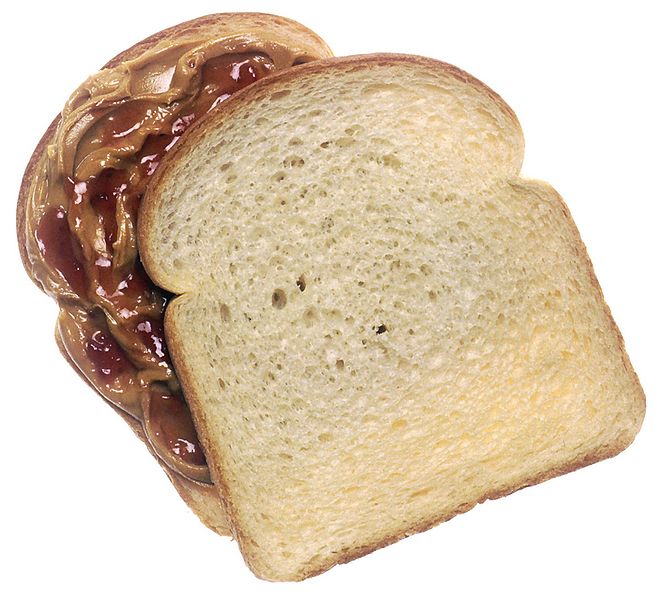
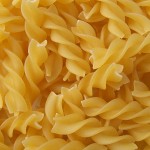
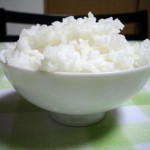
Low Glycemic Index
Switching to eating mainly low GI carbs keeps your energy levels balanced. If you include more foods with a low GI in your diet, your body will digest these foods slowly. You will feel full for a longer time, allowing you to eat fewer calories without feeling hungry. Examples of foods with low GI are whole grains, whole wheat bread, sourdough wheat bread, natural muesli, porridge, whole milk, chocolate milk, yoghurt, soy milk, brown rice, spaghetti, instant noodles, wheat tortilla, lentils, black-eyed beans, peanuts, cashew nuts and raisins
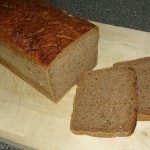

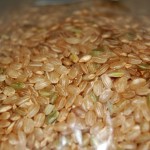
Lose Weight and Stay Healthy with a GI Diet
It is best to have a diet with a low GI according to the GI method. You should try to keep your blood sugar level as even as possible by keeping a diet containing a low GI. A low GI is also called a diet with “slow carbs”, referring to foods that release glucose at a slower rate.
Remember that GI doesn’t say anything about the nutrition or the calories so you will have to pay attention to this yourself, just as you usually would when you try to lose weight.
There has been discussions whether a low GI makes you lose weight or not. You will feel fuller with a low GI diet and probably not eat much between meals. What we really know for sure though, is that a low GI diet gives you a stable blood sugar level and it reduces your insulin release which is very positive to your overall health. This means that a low GI diet can be used as a healthier way of living and not just a way to lose weight.
Many scientists believe that the GI of foods is an asset in the prevention and treatment of obesity, diabetes mellitus and heart disease. People who eat a lot of high GI foods tend to have greater levels of body fat, as measured by the body mass index (BMI), and high BMIs are linked to obesity, heart disease and diabetes. This is why foods with a low GI are good choices in your diet, when it comes to prevent these kinds of diseases.
Glucose-GI or Bread-GI?
There are two different types of GI-tables in use: Glucose-GI and Bread-GI.
- The most common GI-table is Glucose-GI. In this GI-table glucose is used as a benchmark. This means that Glucose will have a value of 100GI. White bread will have a GI of 70.
- The other type of GI-table that isn’t that common is Bread-GI. In this GI-table white bread is used as a benchmark. This means that white bread will have a value of 100 GI. Glucose will have a GI of 138.
Both GI-tables show that foods with high GI raise glucose concentration at a rapid rate. It also shows that foods with low GI raise glucose at a slower rate. Just be sure to use the same type of GI-table when you compare products, either Glucose-GI or Bread-GI.
If you are interested in a low GI diet and would like to learn more, then you should read about the popular diets described below. They are all based on a low GI, but they differ a lot in other areas.
Low GI Diets
Some examples of low GI diets would include:

 Facebook
Facebook  Twitter
Twitter  RSS
RSS







